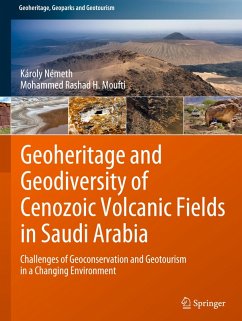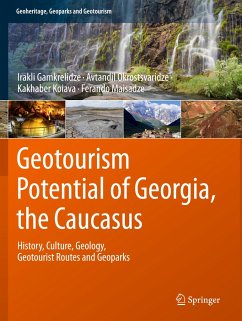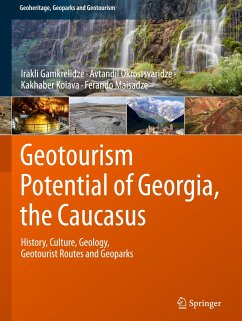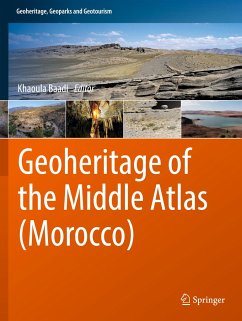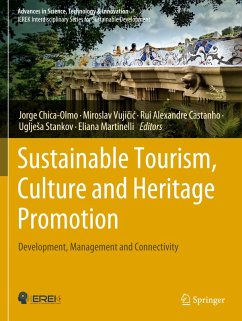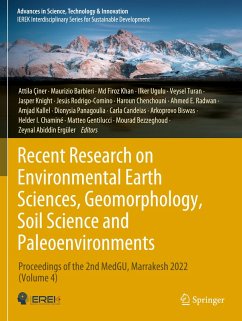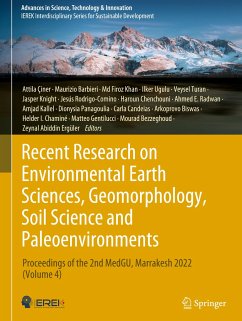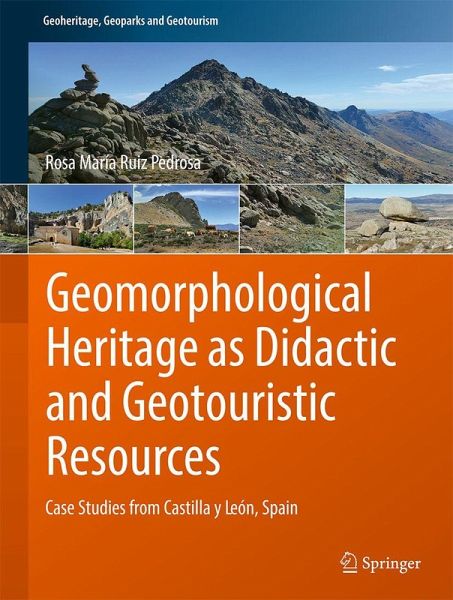
Geomorphological Heritage as Didactic and Geotouristic Resources
Case Studies from Castilla y León, Spain
Versandkostenfrei!
Versandfertig in 6-10 Tagen
136,99 €
inkl. MwSt.

PAYBACK Punkte
68 °P sammeln!
Geomorphosites are places of abiotic heritage with high geomorphological value that are important for understanding Earth's history and have a scenic and territorial component. Therefore, they have great didactic and geotouristic potential. These sites are not of high scientific value, but they hold local value due to their connection to the territory, environmental and cultural heritage. They also have important links to the populations that inhabit them, especially in Natural Protected Areas (NPAs), where natural-but not abiotic-heritage is recognized.This book establishes geomorphological h...
Geomorphosites are places of abiotic heritage with high geomorphological value that are important for understanding Earth's history and have a scenic and territorial component. Therefore, they have great didactic and geotouristic potential. These sites are not of high scientific value, but they hold local value due to their connection to the territory, environmental and cultural heritage. They also have important links to the populations that inhabit them, especially in Natural Protected Areas (NPAs), where natural-but not abiotic-heritage is recognized.
This book establishes geomorphological heritage in the Sierras de la Paramera and la Serrota and in the Cañón del Río Lobos, both Natural Protected Areas located in Castilla y León. It presents geomorphological maps and an inventory of geomorphsites in these NPAs, with recommendations for disseminating their geomorphology and promoting sustainable public use through the diversification of the tourism offerings. Moreover, this volume presents a methodology for evaluating the potential use of inventoried geomorphsites, focusing on their didactic and geotouristic potential.
This book establishes geomorphological heritage in the Sierras de la Paramera and la Serrota and in the Cañón del Río Lobos, both Natural Protected Areas located in Castilla y León. It presents geomorphological maps and an inventory of geomorphsites in these NPAs, with recommendations for disseminating their geomorphology and promoting sustainable public use through the diversification of the tourism offerings. Moreover, this volume presents a methodology for evaluating the potential use of inventoried geomorphsites, focusing on their didactic and geotouristic potential.



